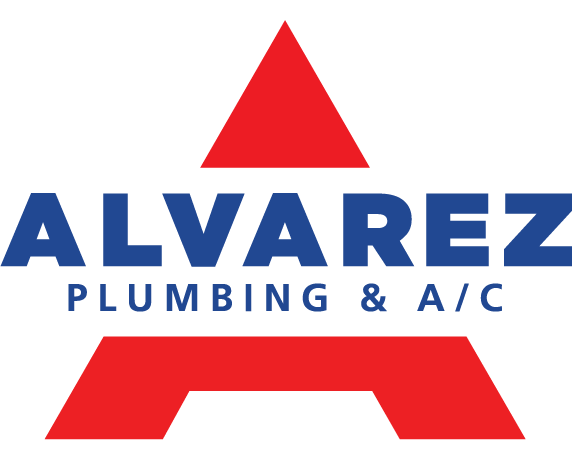Any kind of leak is worrisome: your roof could be leaking, you may have a leaking pipe in your kitchen, your overflow pipe may leak, and you may even have leaking tanks, appliances, and gutters. Leaks can be very serious because they can lead to moisture damage. Even if you can manage to prevent flooding, you may not succeed at preventing mold. Moisture itself can damage various appliances and fixtures in your home, kitchen, or bathroom. If you have an overflow pipe leaking, you must immediately take remedial measures. But before you can do that, you need to identify the cause of the leak.
Check the water pressure
If the water pressure is higher than what the overflow pipe is configured to manage, then it will leak. There is an inlet valve that checks the water flow and hence the pressure. It may have loosened due to some reason; there may be an added pressure due to too much water in the overhead tank. There can be other reasons for an abrupt increase in the water pressure, or the whole overflow pipe may have worn out to an extent that it is unable to handle the pressure. The valve may have worn out, too. In all of these circumstances, you need to be sure of the exact problem.
If you find the inlet valve needs to be tightened a little, then do so, and the problem will be resolved. You would notice that the overflow pipe doesn’t leak any further. Reducing the water pressure or the flow of water will always fix this problem. But if you have a damaged valve or pipe that is beyond its usable condition, have either or both replaced.
Check the float valve and washer
The overflow pipe can leak due to a worn-out washer. The washer is usually submerged in water, and it wears out quickly. It is exposed to the sediments, there is some damage since it is always immersed in water and it may also be of poor quality, hence the random wearing out. Check the float valve and inspect the washer. If it appears to be worn out, just replace it. It is that simple. Float valve or washer, it doesn’t cost much. You should get it at your nearest hardware store. Make sure you have closed the inlet valve, not partially but completely. Or else, you would cause flooding.
Just as the washer gets worn out, the float valve can be damaged as well. It may not look damaged but it might be incapable of checking the pressure exerted when water flows in. Even if you have a mild leak or hole in the ball of the float valve and only a bit of water flows every second, it can lead to an expensive water bill. Don’t ignore it even if the leak is almost unrecognizable, and there is no serious concern. Replacing the float valve and washer will cost you a tiny fraction of what the increase in water bill would be. And if you have to pay for mold remediation or repairing moisture damage, then that would be more painful. Standing water, overflow, and moisture can damage everything from walls to tiles, floorboards to electrical and electronic fixtures.
Inspect the cistern of the toilet
Inspecting the cistern is not difficult. Open the top and check for the inlet and the float valve. You can easily empty the cistern and not allow it to fill up again by closing the inlet valve. You will have a dry cistern. You can uninstall the various parts or components, or you can just check without removing the valves and washer. If you are unable to find the cause of the leak, get an expert to check the toilet cistern.
When you inspect a cistern, look for tangled or bent float valves, the washer or valve is physically moved to a different position than where it must be, and you may find the valves malfunctioning due to some reason. Constant water pressure and perennial use can always have some wearing-out effect on the components in a cistern. Repair or replace, and you would remedy an overflow pipe leaking.
Overflow pipe leaking in tanks
You may have a cold water tank in your home or an F&E tank. You must find out if the overflow pipe in the tanks is leaking. It is not always the toilet cistern and its pipe. Cold-water tanks leak when they are filled up or if there is some other problem. Let the cold water flow out of the tap and observe if the tank is still leaking. If yes, then it does not overflow but there is some other problem. Get an expert in. A feed and expansion tank can also leak, but the root cause may not be as simple as a valve or washer. You need to eliminate all other possible causes of the leak to be sure that it is the tank that is leaking.



Recent Comments